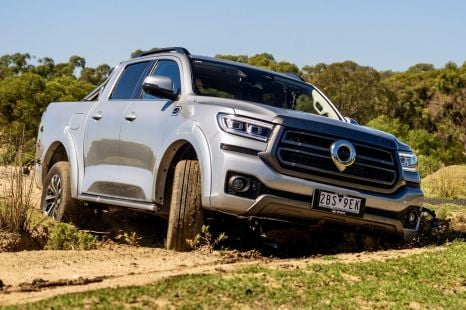

Max Davies
2026 GWM Cannon Ultra review
5 Days Ago
The Renault Captur remains a niche option in the light SUV segment, but that's not a product of objective capability – it's quite good.
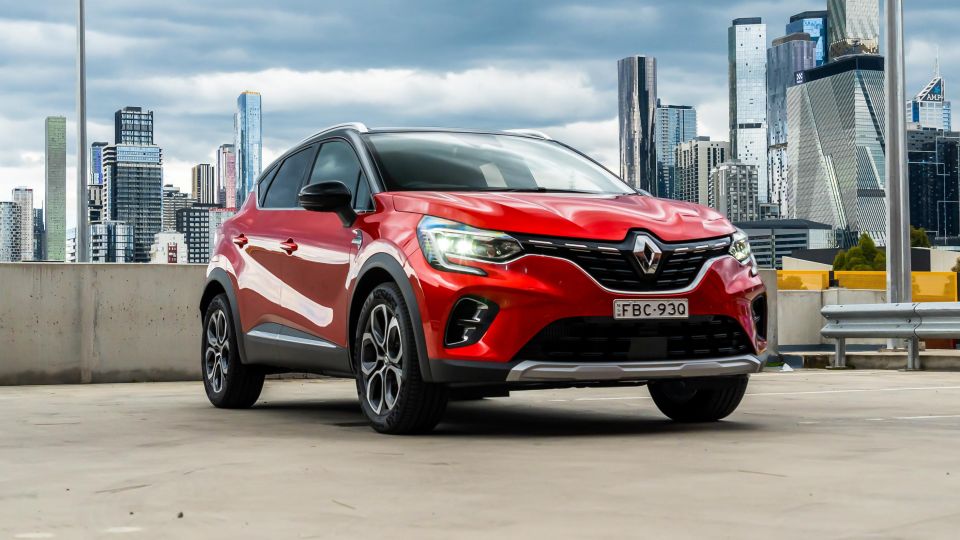
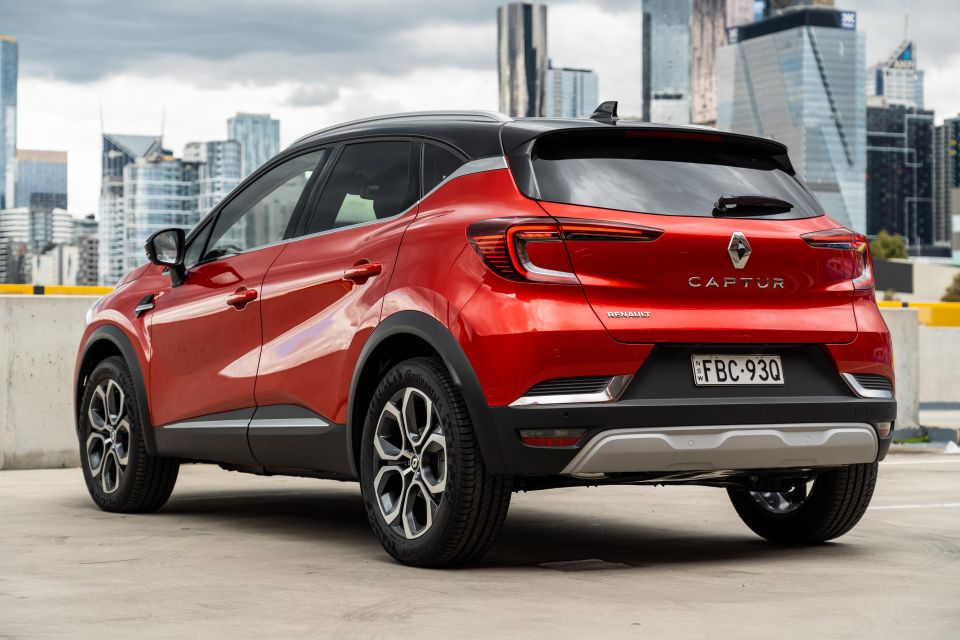

Quickly see how this car stacks up against its competition. Select any benchmark to see more details.
Where expert car reviews meet expert car buying – CarExpert gives you trusted advice, personalised service and real savings on your next new car.
It’s a hit in Europe, but the Renault Captur has never been a shining star on the Australian sales charts.

In 2023, Renault registered 939 units for 1.8 per cent share of the VFACTS light SUV segment, where the related Nissan Juke managed 1256 registrations and 2.4 per cent market share.
Then there’s the ever-popular Mazda CX-3, which returned 15,776 registrations for the 2023 calendar year and accounted for 29.9 per cent of the segment’s volume – or nearly every one in three light SUV sales.
That’s not to say the Captur is a worse car than the Mazda or even the Nissan. If anything, I’d argue in many ways it’s better than both of them.
It’s smartly styled, has quite an upmarket cabin and also offers the most powerful engine in class.
The Captur is one of the more premium cars in the segment though, starting over the $30,000 mark and nudging $40,000 at the top end – we have the flagship 2024 Renault Captur Intens on test here.
A facelifted one is coming early next year – likely with the option of hybrid – so should you get one now or wait for the update?
The Captur has seen price rises for MY24, between $700 and $1200 depending on variant.

2024 Renault Captur pricing:
| Variant | $RRP |
|---|---|
| 2024 Renault Captur Life | $33,000 (+$1200) |
| 2024 Renault Captur Zen | $35,000 (+$1200) |
| 2024 Renault Captur Intens | $39,500 (+$700) |
Prices exclude on-road costs
To see how the Renault Captur shapes up against the competition, check out our comparison tool.
Buy your new car without the stress. It's fast, simple and completely free.

Great service from Travis and team, second time I have used this business would not hesitate to recommend them to anyone
Craig C.
Purchased a Ford Ranger in Sunshine Coast, QLD
CarExpert helped Craig save $7,224 on his Ford Ranger, now let us save you on your next new car.
Get your BEST priceConsidering its size and price positioning, the little Captur has quite a posh cabin.

Unlike many rivals that revert to cheaper, hard-wearing plastics throughout much of the interior and don’t feel worthy of a price tag nearing $40,000, the Renault presents as one of the best cabins in the Light SUV class and is more than competitive with rivals in the class above.
The materials used for the touch points and dashboard look and feel upmarket, and the high-resolution displays for the driver and infotainment add to the ambience. Sadly, recent running changes saw the previously squidgy door tops subbed out for harder plastics.
In the Intens spec, the Captur offers leather-accented upholstery with a powered driver’s seat, making it easy to find a comfortable driving position. The chunky leather wheel with perforated sections feels upmarket, and the layout of the switchgear means everything should fall within reach of your thumbs or fingertips.
I’ll also note you sit up pretty high in the Captur’s cabin, which gives the impression it’s bigger than it really is.
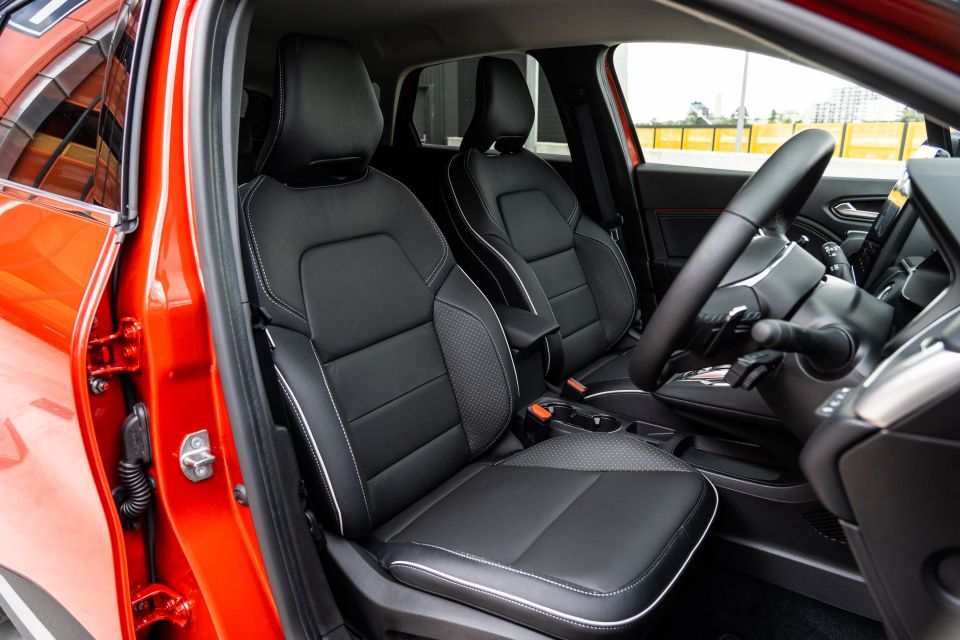

Renault’s quirky media stalk behind the right-hand side of the steering column does take a moment to get used to if you’re not used to French cars, but it becomes second nature over time.
The French brand has also, thankfully, removed the two-stage cruise control activation for the standard adaptive cruise control, and centralised all associated switchgear on the wheel, much like most rivals.
The 9.3-inch vertical touchscreen infotainment display is well-featured, at least on paper. Renault has been doing these portrait-oriented displays for a while now, and it’s a nice point of difference to most other brands.
The display is angled to the driver and well-placed in the cabin so you don’t have to really look down or away from the road when you glance over to it, but in typical French fashion there are some… quirks.
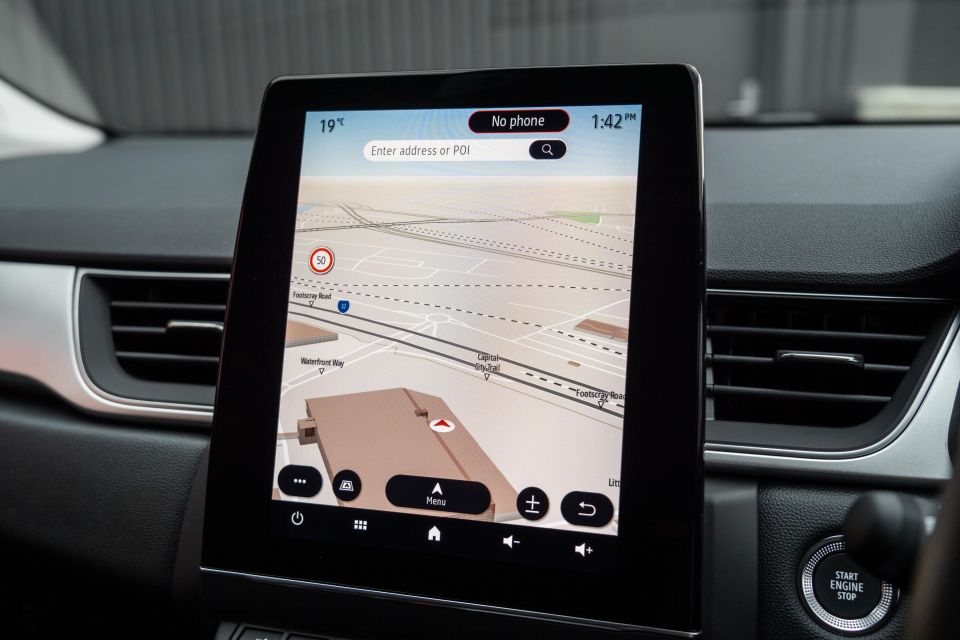

Some menus are a little convoluted and simple things like changing the ambient light colour aren’t located where you might think they are – spoiler alert, it’s in the drive mode configurator, not in the light or display settings.
Load times are little laggy and some functions like the surround-camera system are annoying – the Captur clearly uses the same cameras as the related Nissan Juke, because resolution is grainy and struggles in low light.
The embedded satellite navigation system is fine and it’s hooked up to a nine-speaker audio system. It’s not quite Bose or B&O good, but it does the job.
You can option a larger 10.25-inch digital instrument cluster ($800) in place of the Intens’s 7.0-inch part-digital supervision display, though the standard unit is still pretty nice and easy to use.
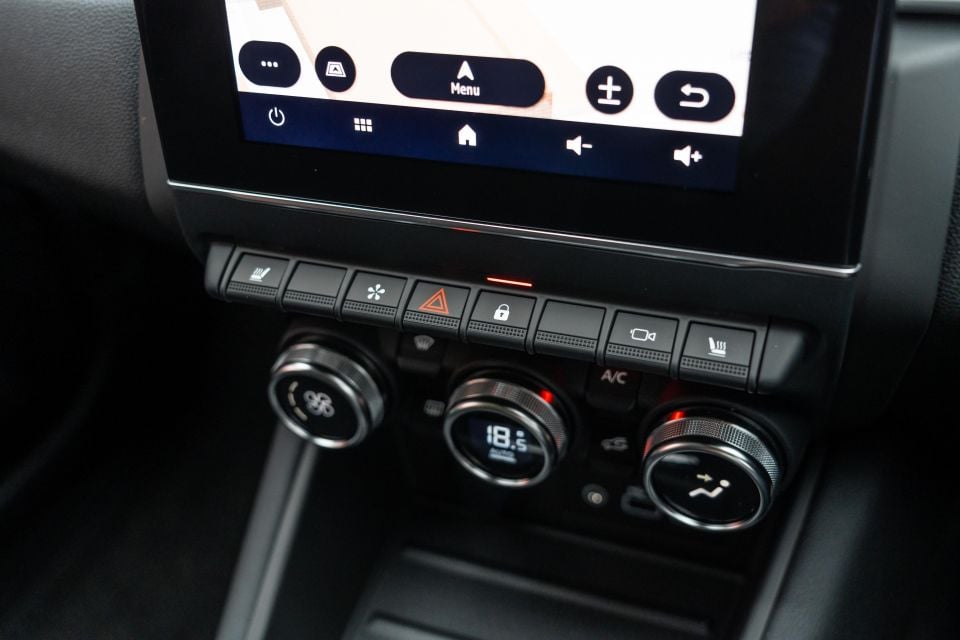
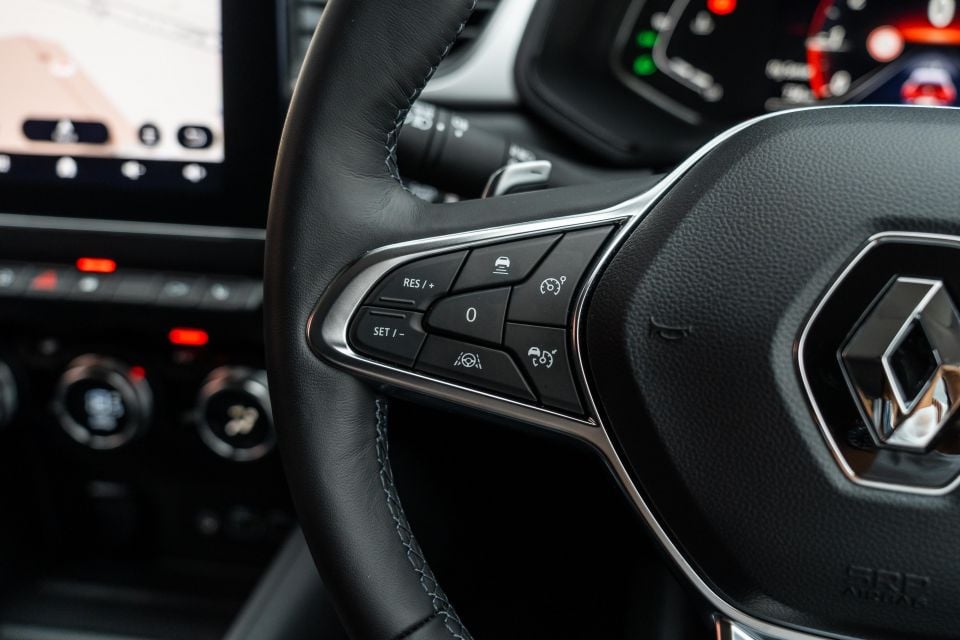
Below the display are cool toggle-style switches for functions like door locks, parking sensors, and drive mode, and Renault as maintained physical switchgear for the climate controls. The rotary dials have Audi-esque LCD displays in them too, which are a nice touch.
In high-spec versions of the Captur there’s a shift-by-wire controller sitting atop a ‘floating’ centre console. A storage tray sits ahead of it with access to USB-C points, and there’s a wireless charging pad in the section below.
There’s also a lidded centre storage bin with matching contrast stitching to the seats, though it’s quite small. Ahead of that is a pair of cupholders and a slot to stow the Apple Mouse-like vehicle key.
Renault has done a good job at implementing good storage solutions and upmarket-feeling presentation for the price, and it’s a real shame Australia doesn’t get the new-generation Clio which has an almost identical cabin.
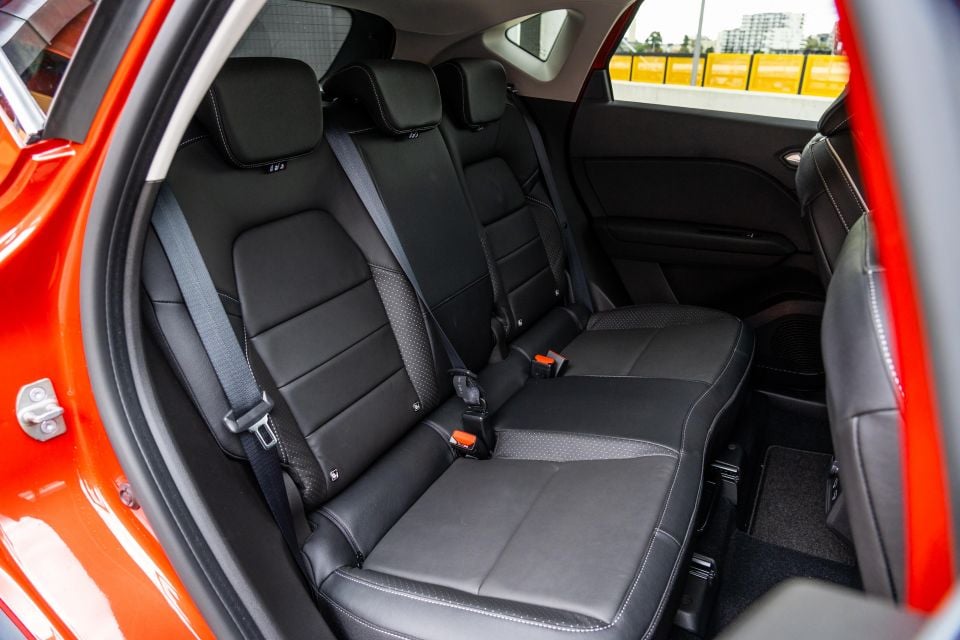

Usually the second row in these small city-focused crossovers are virtually just for show, but the Captur’s rear accommodation is surprisingly versatile and well-appointed.
The rear bench slides on rails to offer more legroom or more boot space, which is pretty unique at this end of the market, and there are also rear air vents which is a rarity in the light segments.
Netted map pockets behind both front seats, USB-A charge ports and a 12V socket headline the rear amenities, and there’s even a fold-down rear centre armrest with cupholders – not bad at all.
Boot space is quoted at 422L with the rear seats in place, or 536L including under-floor storage and with the rear bench slid forward. Fold the second row down and there’s 1275L to play with.
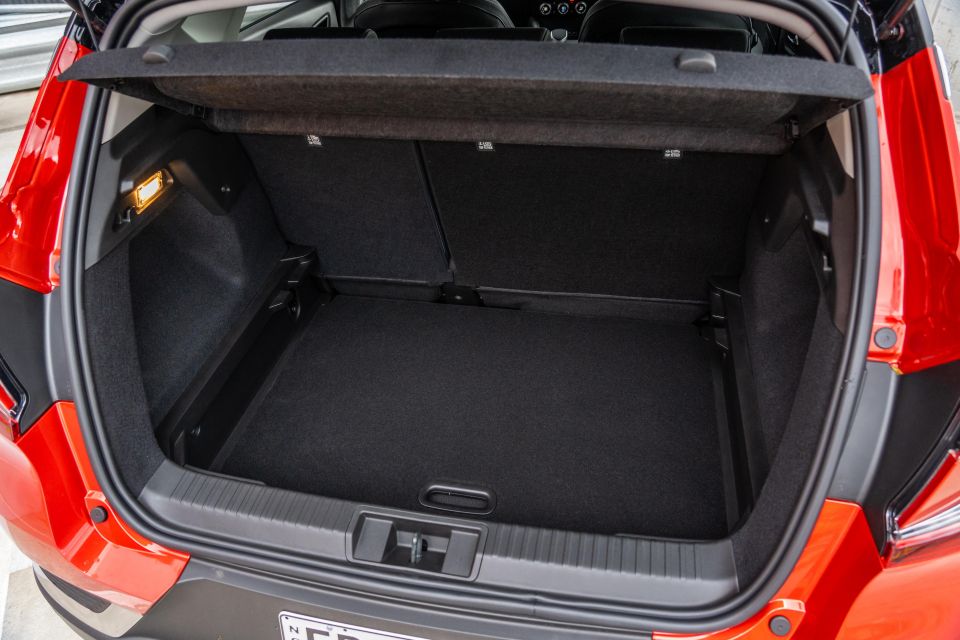
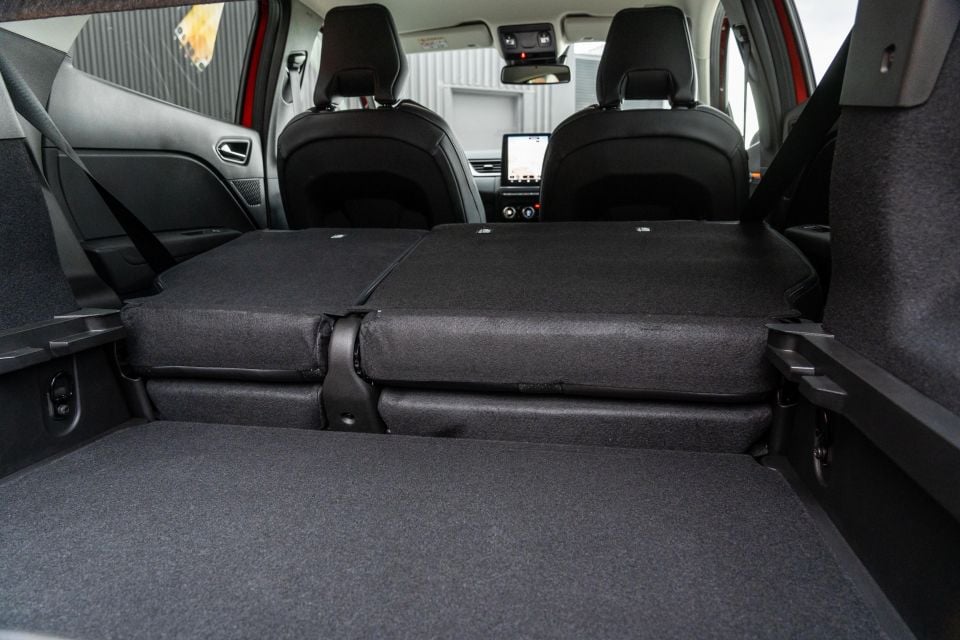
Our test car wasn’t fitted with an adjustable boot floor, but according to the MY24 spec sheet it’s still a standard item. It helps to keep the load bay flat when you’ve folded the second row.
I can attest it’s an impressively practical luggage area for such a small car, having helped a friend move house with one in the past. Under the boot floor there’s a space-saver spare wheel.
Just one powertrain is available across the Captur lineup in Australia.
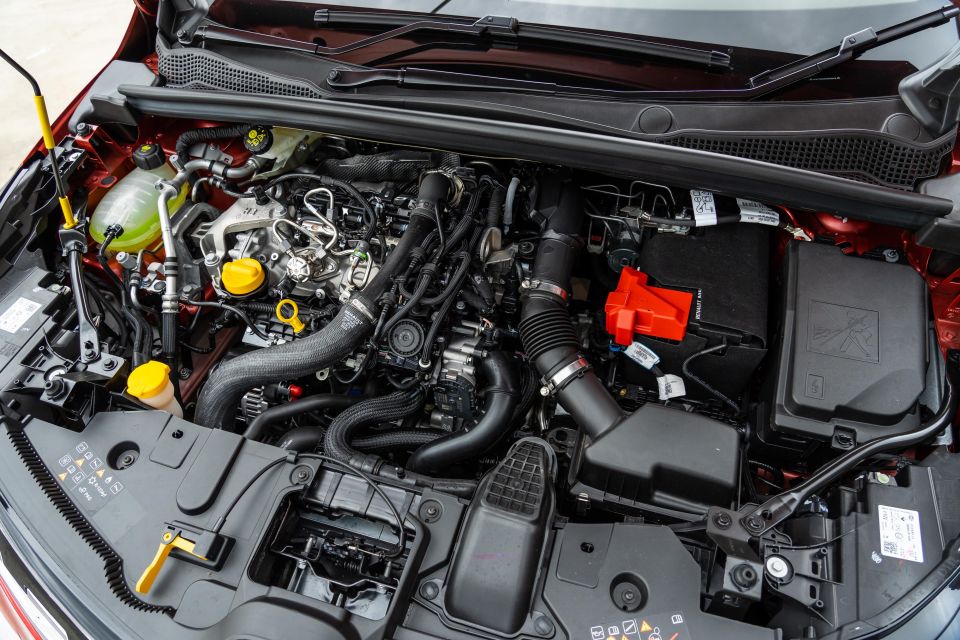
| Renault Captur 1.3 TCe 155 | |
|---|---|
| Engine | 1.3L 4cyl turbo |
| Power | 113kW (5500rpm) |
| Torque | 270Nm (1800rpm) |
| Transmission | 7-speed DCT |
| Driven wheels | Front-wheel drive |
| Kerb weight | 1249kg (kerb) |
| Fuel economy (claimed) | 6.6L/100km |
| Fuel tank capacity | 48L |
| Fuel requirement | 95 RON |
| Emissions (CO) | 149g/km |
There’s a 1.6-litre E-Tech Full Hybrid option available overseas, which has a system power output of 105kW and fuel use as low as 4.7L/100km. It never made it to Australia, though the upcoming facelift could change that.
Renault has also detailed several other powertrains for the facelifted model in Europe; including two turbo-petrol engines, two 12V mild-hybrid offerings, as well as a dual-fuel petrol-LPG option. Australia keeps it much simpler.
To see how the Captur lines up against the competition, check out our comparison tool.
While punchy, the Captur feels as if it’s been tuned more for efficiency. In its normal drive mode can be a little leisurely to respond to driver inputs, particularly at low speeds.
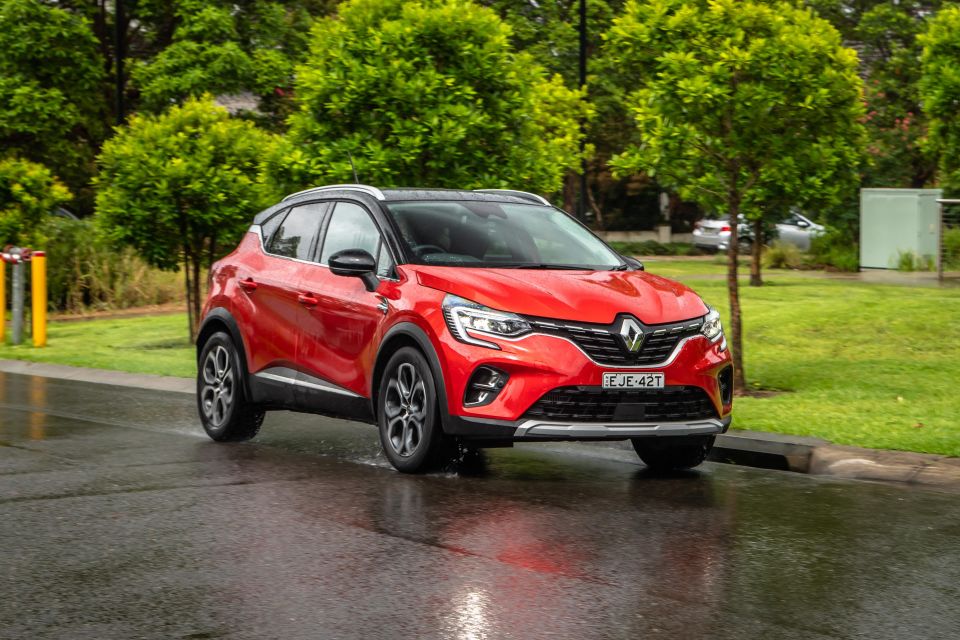
However, sink the boot in and the Captur is surprisingly athletic in a straight line, particularly once rolling. It put a smile on my face on a freeway on-ramp, as it genuinely surprised me with its performance.
It will squirrel about under heavy throttle, given the front wheels (despite being quite big with chunky tyres) have to handle hot hatch levels of torque at full tilt with no sporty differential to get it all to the tarmac.
The seven-speed dual-clutch automatic isn’t the best I’ve sampled. While many will lament the occasional low-speed hesitation and laziness of a Volkswagen DSG, the Captur’s unit is less refined and can at times be less predictable.
Even after a week of driving the Captur, I’d still occasionally get inconsistent response off the line and at low speeds, at times not getting enough acceleration and then getting too much after pressing the accelerator a little harder – that’s despite Australian models not being fitted with idle stop/start technology.
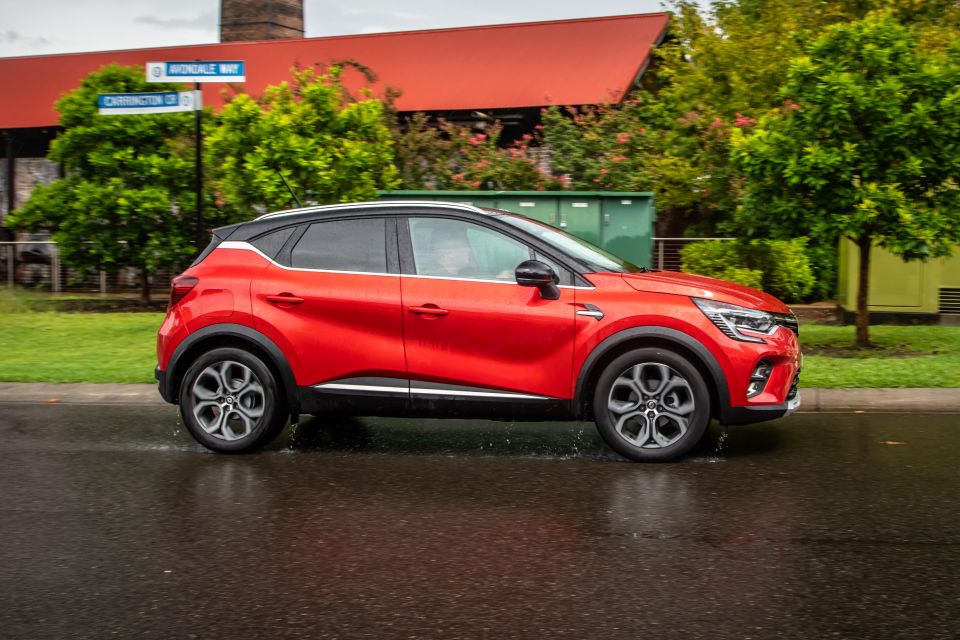
On that last part, it’s a shame Australian-delivered Capturs lack fuel-saving tech offered elsewhere, even if it can be a polarising topic. Its absence means you may also see fuel use increase quite sharply in town – we’d see 5.0-6.0L/100km on the highway and then 8.0-9.0L/100km in stop-start traffic.
Another quibble we experienced is the occasional delay switching from Reverse into Drive, or vice versa, when doing three-point turns. At times the Captur’s DCT would take so long there’d be an awkward roll back on an incline, which might frighten you the first few times it happens.
Once you’re moving, the Captur is a relaxed thing to drive for its size. The 18-inch alloys shod in 215/55 Continental tyres give the car a substantial footprint and a sense of security even once you’re cruising at freeway speeds in poor weather.
Better yet, the high seating position and wide stance make the little Renault feel like a much larger car – I was almost eye level with an Audi Q5 driver.
Road and wind noise is better suppressed than most rivals in the segment, though at this price you’re also competing with the likes of the Mazda CX-30 which is considered a leader in the compact segments for refinement.
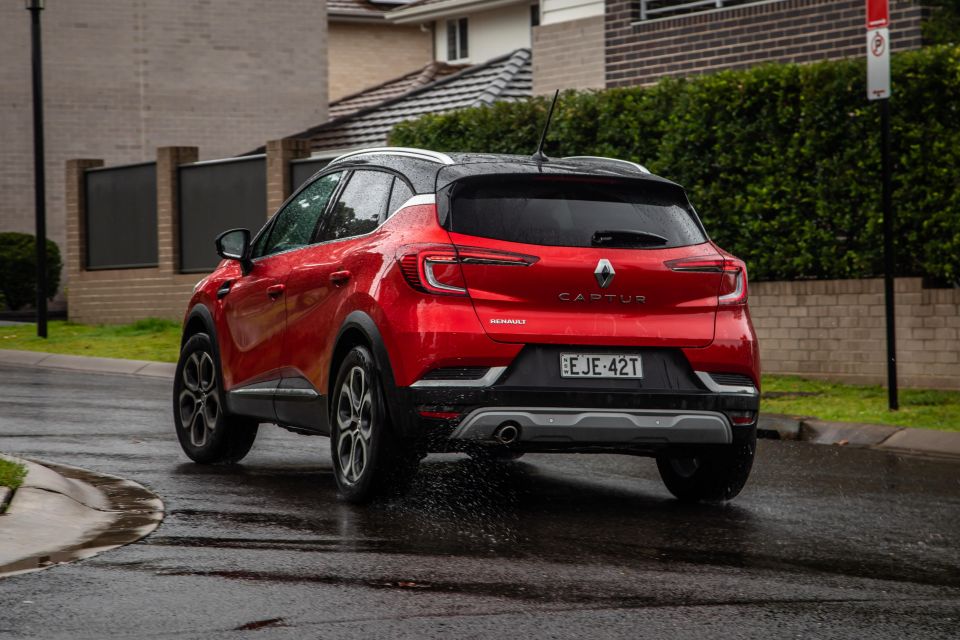
Once the road gets twisty, the Captur’s accurate controls and well controlled body make for a pretty neutral handling balance. Its large footprint and sure-footed character inspire confidence.
It mostly rides well too, but those big alloys can get a little busy over consistent smaller imperfections in the suburbs or city. Then again, most of the class is the same. Pulling the paddles results in fairly quick gear changes befitting of a dual-clutch transmission, but don’t expect this to feel like a Clio R.S.
Renault has refined the Captur’s active assists over time, and the Intens I drove here is an improvement over the R.S. Line I tested a couple of years ago.
The key here is the lane centring assistant, which does a far better job than the old lane-keep assist keeping you within the lines and taking the load on extended highway stints. It combines nicely with the adaptive cruise control with stop/go to give you almost semi-autonomous highway capability.
Adding to the roster are blind-spot monitoring and rear cross-traffic alert, which are great to have given the chunky rear pillars and riding shoulder line into the rear. I also love the surround camera system and the front and rear parking sensors – all great to have even on a smaller car so there’s no excuse for damaged rims.
The Intens is once again the top of the tree, as the R.S. Line has been axed for MY24.
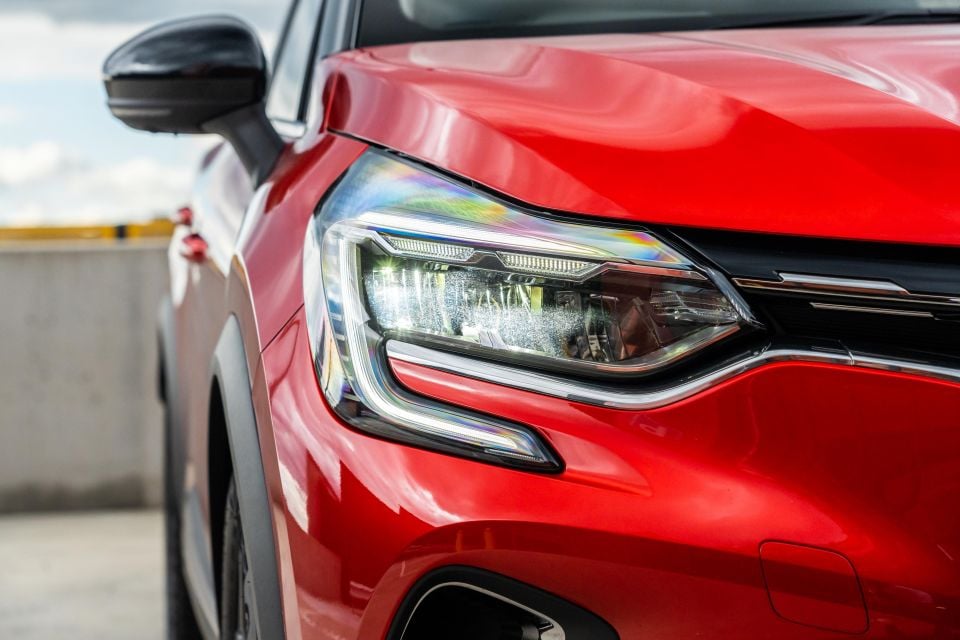

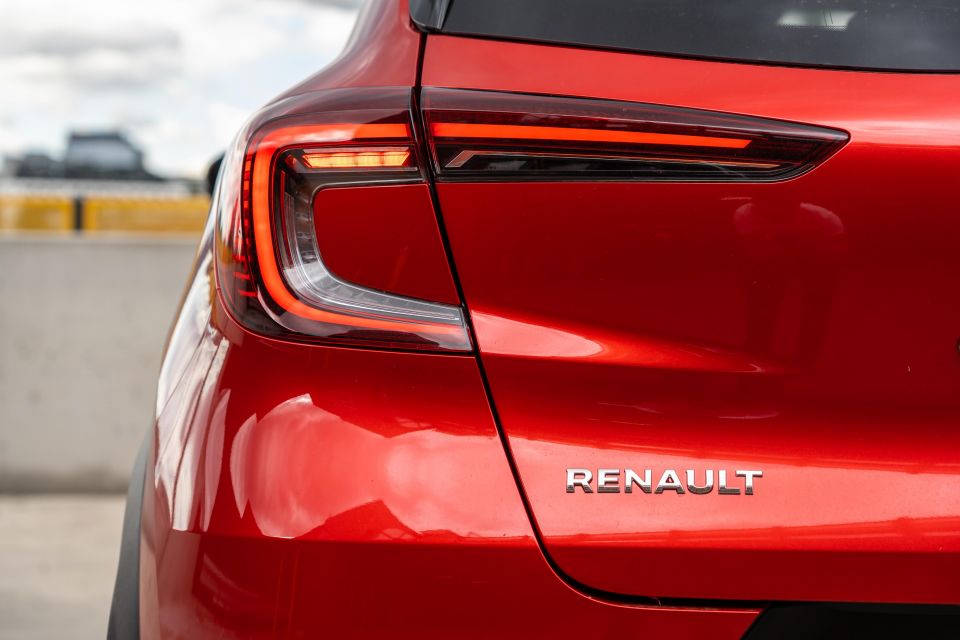

Where expert car reviews meet expert car buying – CarExpert gives you trusted advice, personalised service and real savings on your next new car.
Captur Life highlights:
Captur Zen adds:
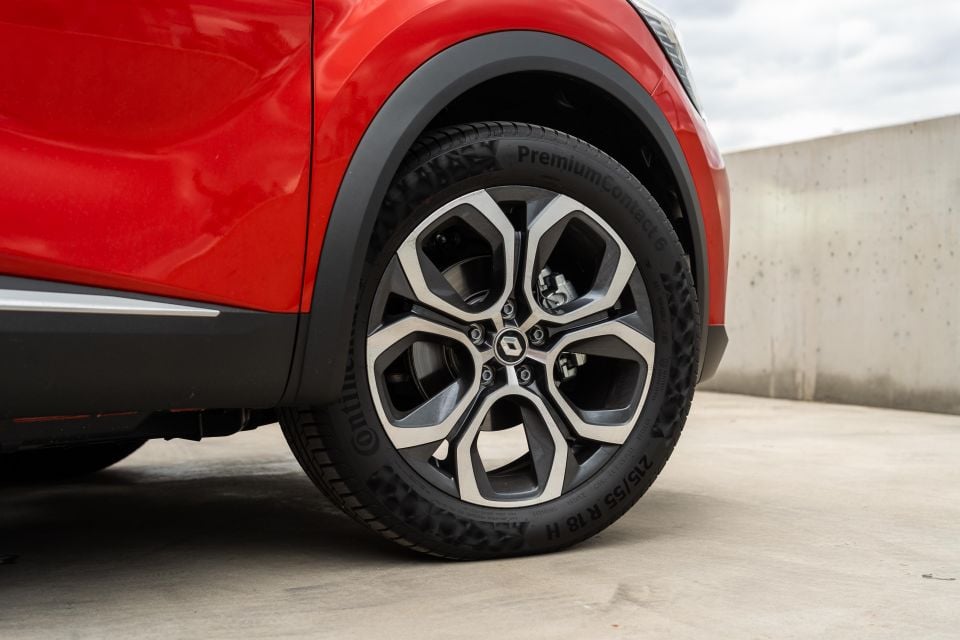

Captur Intens adds:
There’s a small list of available cost options on the Captur Intens.
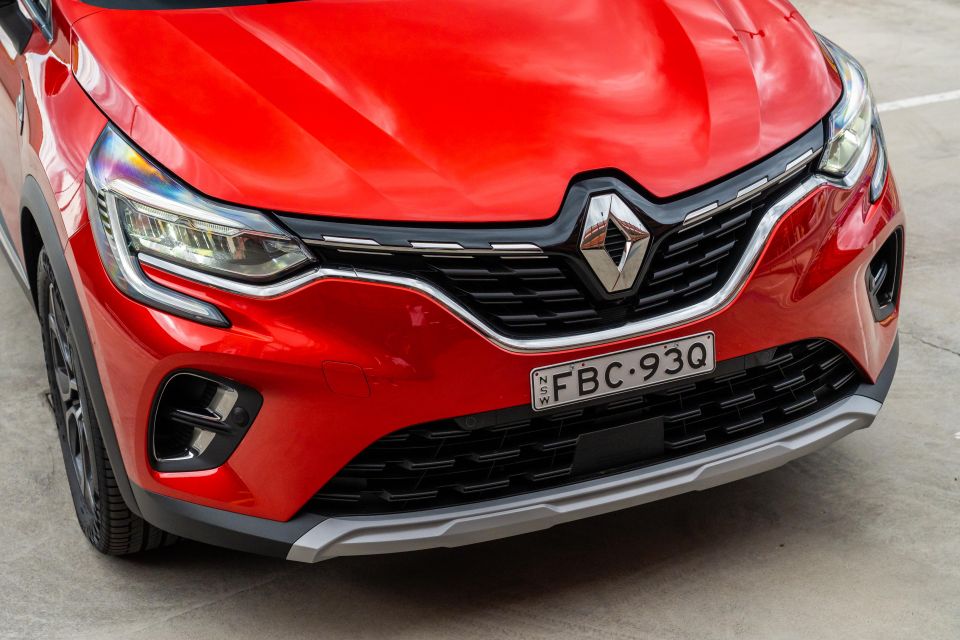
The Captur wears a five-star ANCAP safety rating based on Euro NCAP testing conducted in 2019.
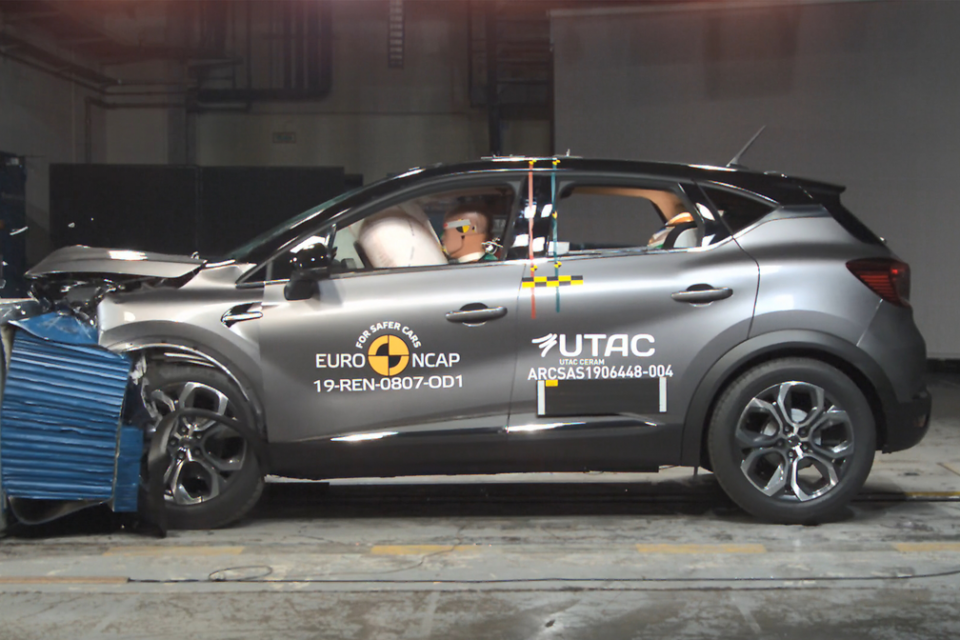
It scored 96 per cent for adult occupant protection, 83 per cent for child occupant protection, 75 per cent for vulnerable road user protection, and 74 per cent for safety assist.
Standard safety features include:
Captur Zen adds:
Captur Intens adds:
The Captur is backed by a five-year, unlimited-kilometre warranty and comes with five years of 24/7 roadside assistance.
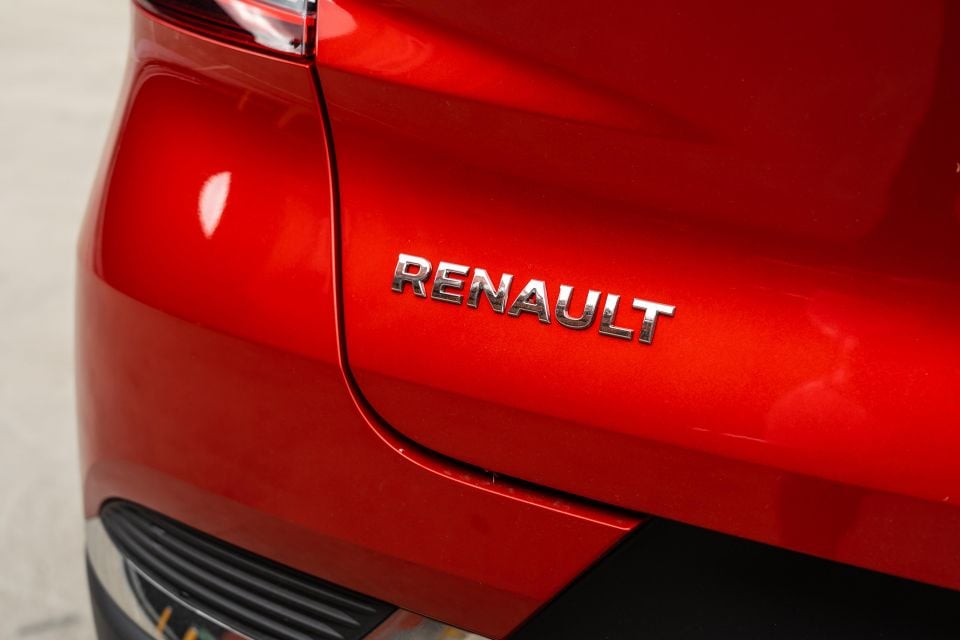
Servicing is required every 12 months or 30,000km, whichever comes first, and the first five are capped as follows:
| Service Interval | Pricing |
|---|---|
| 12 months/30,000km | $399 |
| 24 months/60,000km | $399 |
| 36 months/90,000km | $399 |
| 48 months/120,000km | $789 |
| 60 months/150,000km | $399 |
Buy your new car without the stress. It's fast, simple and completely free.

Great service from Travis and team, second time I have used this business would not hesitate to recommend them to anyone
Craig C.
Purchased a Ford Ranger in Sunshine Coast, QLD
CarExpert helped Craig save $7,224 on his Ford Ranger, now let us save you on your next new car.
Get your BEST priceThe Captur sprinkles some French flair in an otherwise pretty uninspiring vehicle class – it deserves better.
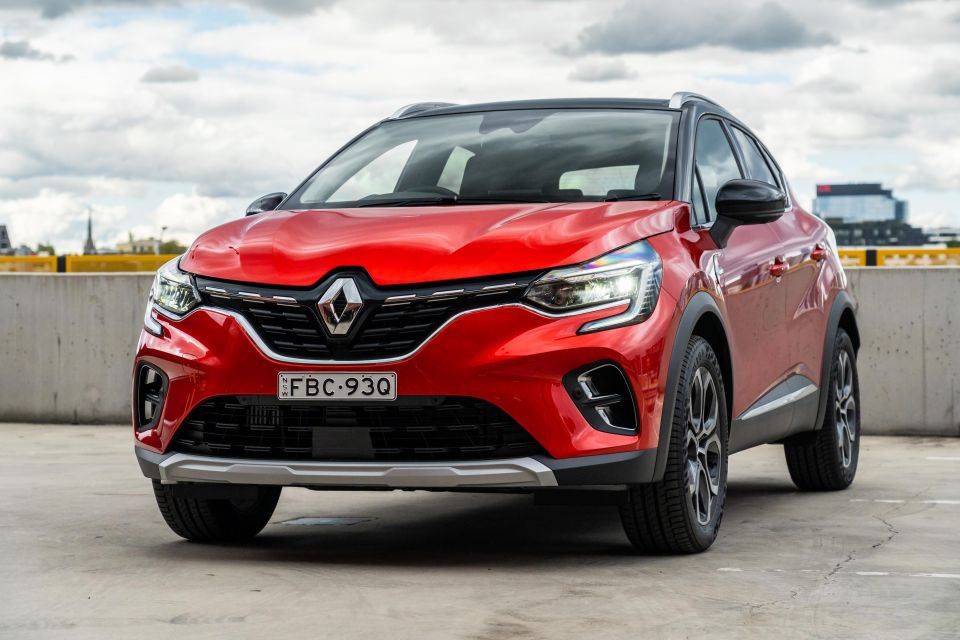
With punchy turbocharged performance, smart European looks, and a nicely presented and packaged cabin for the segment, the Captur shapes as a great alternative to the likes of the ageing Mazda CX-3 and dour Toyota Yaris Cross.
European rivals are pretty thin on the ground here. The Ford Puma is being discontinued in petrol-powered guise in Australia, and the Volkswagen T-Cross is about to get a much-needed interior revamp and tech upgrade.
While the Ford is more fun and the VW is a classier drive, the Renault looks and feels fresher and has the niche factor in its design and branding. Plus, it’s the most powerful vehicle in class and also boasts one of the larger boots.
I’d be interested to see what Renault Australia has in store for the facelift. In addition to the updated tech and refreshed design, it would be good to see the French brand start its hybrid journey in Australia and offer a point of difference in a largely naturally aspirated and non-electrified segment.
For the time being though, I’d recommend giving it a look if you’re shopping in the light SUV segment and want something a little different – just get a feel for the DCT and the tech to make sure it suits your tastes.
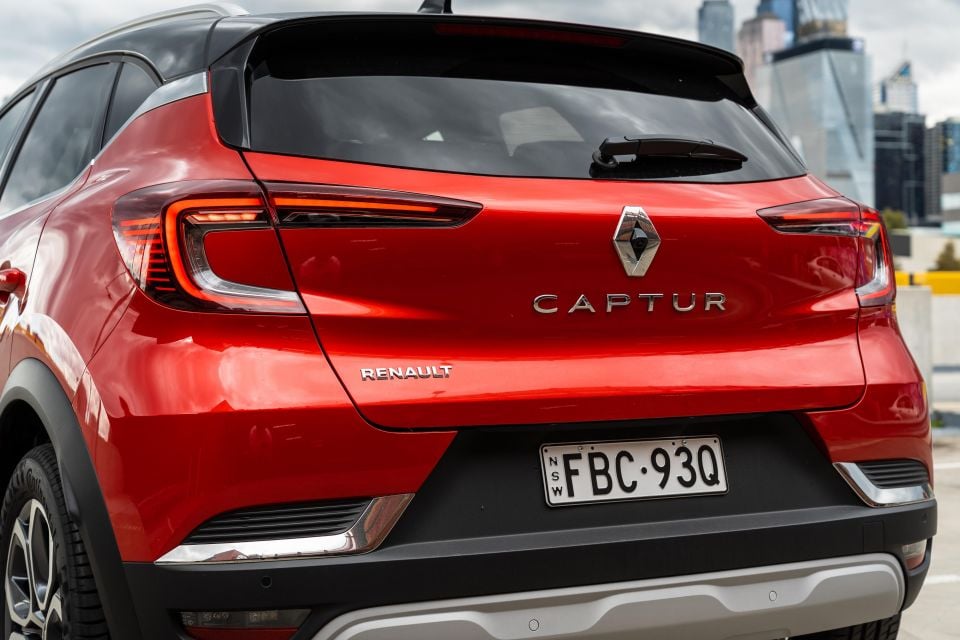
Click the images for the full gallery
MORE: Buy a Renault Captur MORE: Everything Renault Captur
Where expert car reviews meet expert car buying – CarExpert gives you trusted advice, personalised service and real savings on your next new car.
James is an automotive journalist based in Melbourne, Australia. Before joining CarExpert.com.au in 2020, James has worked at leading auto media outlets including Carsales and CarAdvice, as well as at Pulse agency for Ford Australia's communications team. In 2019 James made Mumbrella's 'Top 20 most prolific web authors in Australia' list after publishing 1,360 articles between March 1, 2018 and February 28, 2019 for CarAdvice. James is also an Ambassador for Drive Against Depression – an Australian charity whose mission is to support mental wellness through the freedom of driving and a shared love of cars.


Max Davies
5 Days Ago
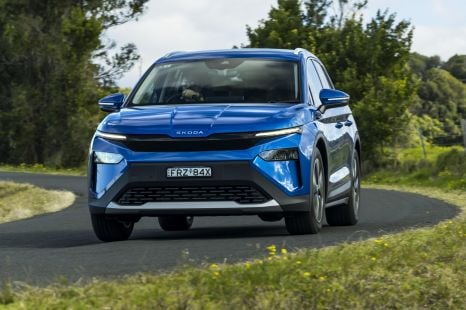

Josh Nevett
4 Days Ago
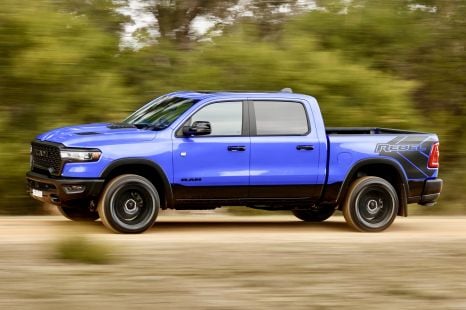

Max Davies
4 Days Ago
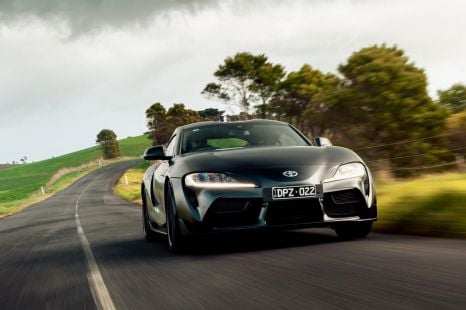

Max Davies
2 Days Ago
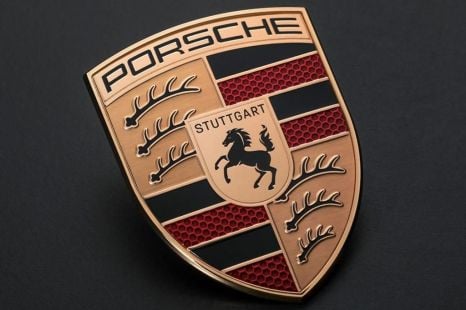

Damion Smy
2 Days Ago
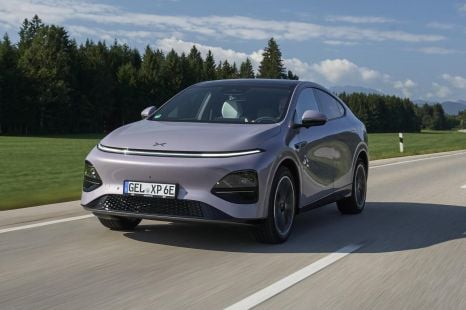

Neil Briscoe
1 Day Ago